-The future of the earth, its eco-systems, and our own civilization will be decided in and by our citIes–
Learn more about Barcelona Protocol here
“Only if we ensure that the material, means, and methods with which we build and manage our cities are primarily drawn from regionally available and sustainably managed biological resources can we transform our urban settlements from culprits of climate change to catalysts of eco-systemic healing”
Under the Barcelona Protocol, countries are encouraged to invest in natural capital, such as forests, wetlands, and other ecosystems, to protect their environment and ensure the sustainable use of natural resources. According to this Protocol, we must ensure that the material, means, and methods used to build and manage our cities are sourced from regionally available and sustainably managed biological resources. This will help to transform our urban settlements from contributors to climate change to catalysts of eco-systemic healing. Natural capital investment should be encouraged through regulation and incentives based on LCA carbon targets that use wood sourced from regional forests.
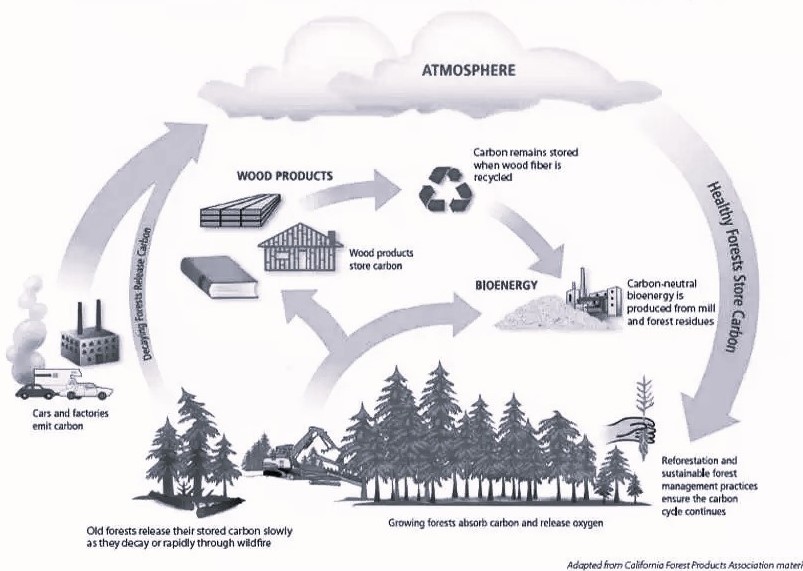
Source: California Forest Association
Wood can store carbon dioxide and reduce the amount of CO2 in the atmosphere. Additionally, wood is often used to create green infrastructure such as parks, forests, and woodlands, which can help improve air and water quality and reduce noise pollution.
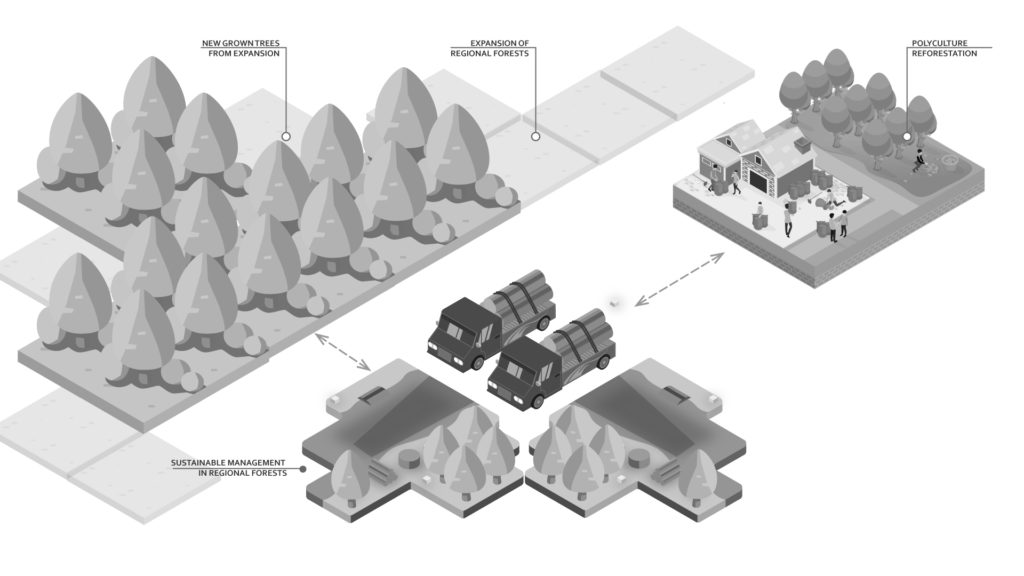
Wood sourced from Regional Forests
Wood can be a great natural capital investment because it is a renewable resource. It has many uses, from building materials and fuel to paper production and furniture. It also has many environmental benefits, such as storing carbon and providing habitat for wildlife. Investing in wood can help maintain and restore forests, which can improve air and water quality, reduce soil erosion, and protect biodiversity. Additionally, investing in wood can help create jobs in the forestry sector and provide economic opportunities for rural and remote communities.
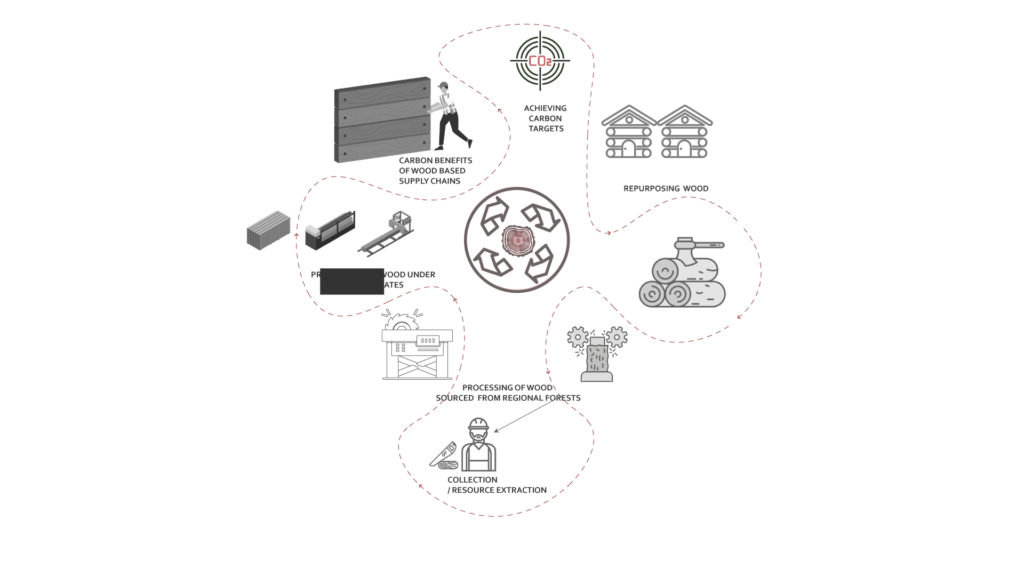
To develop industrial infrastructure through regulation and incentives based on Life Cycle Assessment carbon targets that encourage the use of wood sourced from regional forests, governments should incentivize the production and use of wood, such as through tax credits, subsidies, or other forms of financial assistance.
We should also encourage the conservation and restoration of regional forests, for example, by providing grants for sustainable forest management. Additionally, we should invest in research and development to develop innovative wood-based products and technologies, such as bio-based building materials, renewable energy from wood, and biomass-based chemicals.
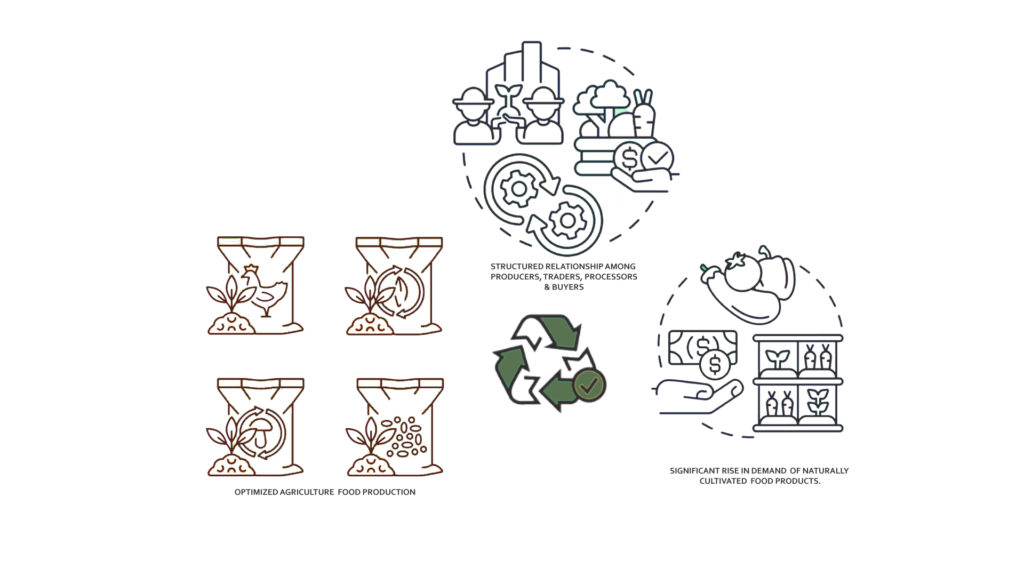
Finally, we should ensure that the production and use of wood are regulated and monitored to ensure responsible practices and prevent deforestation. This virtuous cycle will prioritize the expansion and restoration of bioregional forests, use agricultural by-products and build the biomaterial value chain to form a carbon-positive city.
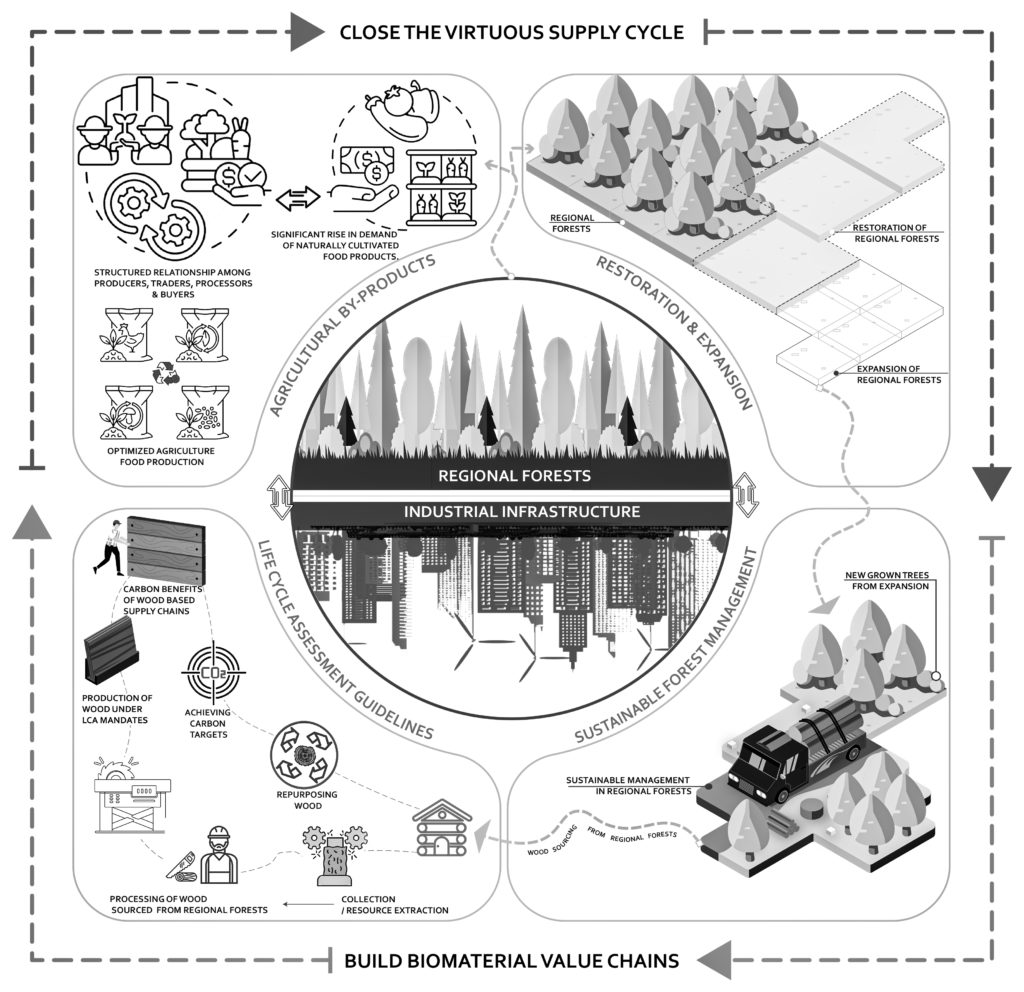
“Develop industrial infrastructure through regulation and incentives based on LCA carbon targets that encourage the use of wood sourced from regional forests. Close the virtuous supply cycle that prioritizes the restoration and expansion of bioregional forests, utilizes agricultural by-products, and builds the biomaterial value chain to help form the carbon-positive city.”
Learn more about Barcelona Protocol here

